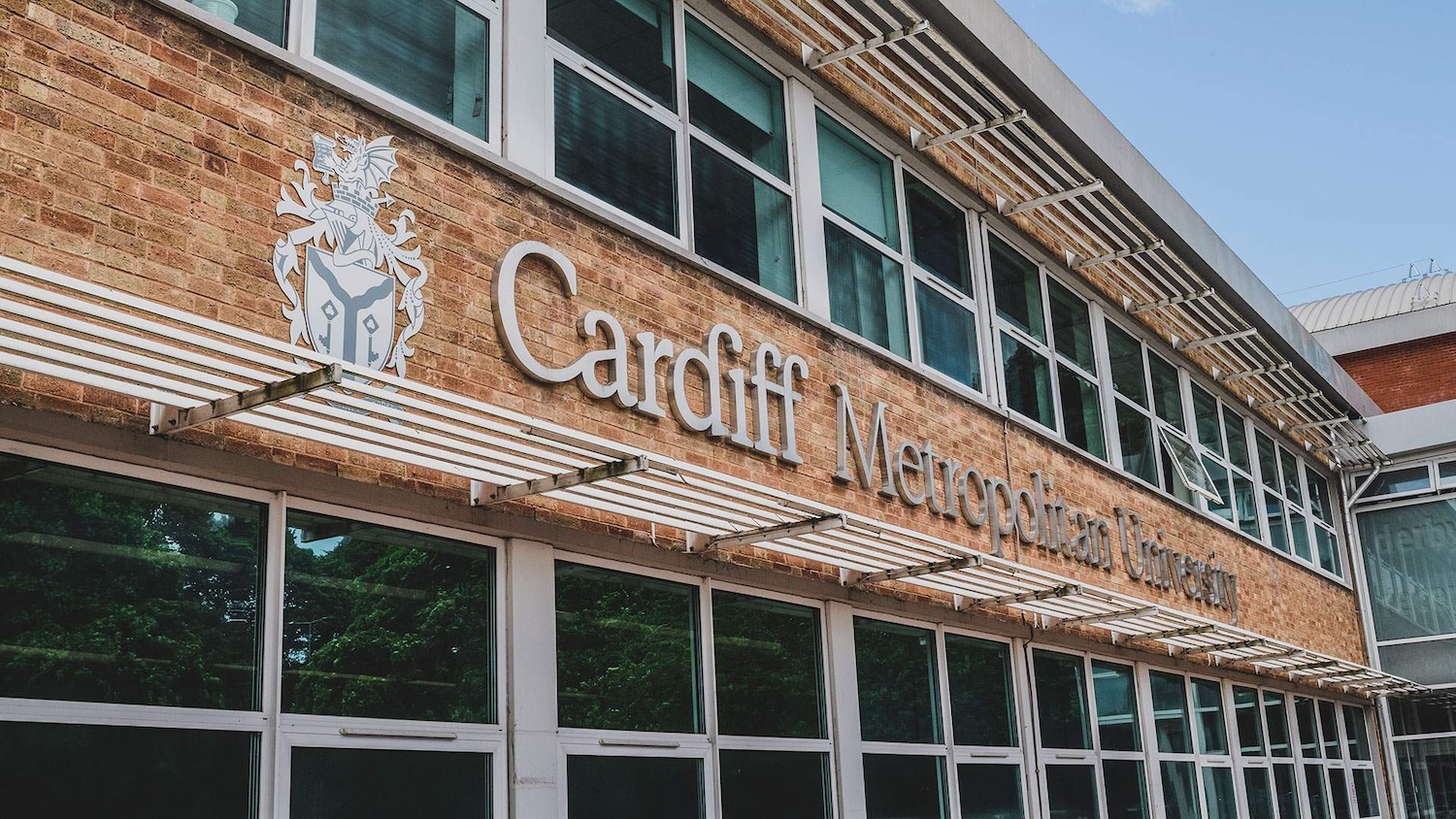
The digital estates strategy at Cardiff Metropolitan University is delivering significant savings.
In an exclusive interview with Construction Management, Cardiff Met chief officer for university environments and property Graham Lewis reveals how a digital estates approach instituted less than a year ago has already generated savings of £5.1m in projected capital costs.
Cardiff Met is a ‘post-1992 university’, with more than 12,000 students split across three main campuses, which comprises 80,000 sq m of facilities ranging from medical and robotics labs to student accommodation. Most of the building stock dates from the 1960s onwards.
“Our digital focus for the estate is on increasing confidence in compliance [and] identifying inefficiencies, informing decisions about investment need,” Lewis said.
He was originally engaged as a consultant to deliver the university’s emerging masterplan, where the brief was to substantially increase space, which would require significant investment.
“It had been created without looking in detail at how the estate was really used, so we decided to take a hard look at how it was utilised, and how well the teaching spaces perform,” Lewis explained.
Spatial and timetable data
His team worked with smart building consultant SmartViz to analyse the university’s spatial data, overlaid with its timetable data. Initially, this involved desktop studies and, subsequently, the installation of IoT sensors to verify actual usage through real-time monitoring. The result was a saving of £5.1m in projected capital costs and a £102,000 annual reduction in operational costs by avoiding unnecessary expansion planned in the first year.
“We now have in-depth knowledge of how more than 160 teaching spaces are utilised,” Lewis said. “We can understand the quality of the teaching environment. And we can pinpoint which rooms are most heavily used, which are underutilised, which have the worst temperature, or respiratory CO2 profile. The humidity data highlighted some rooms where leaks needed to be addressed.”
Next, his team looked at occupancy and energy, a key concern given that Cardiff Met’s energy bill last year was larger than its capital budget. What this revealed about ‘out of hours’ energy waste has been “revelatory”, Lewis said.
“Through targeting these inefficiencies, our energy manager Lee Davies has managed to reduce our combined gas and electrical consumption by over 850MWh in six months compared to last year,” Lewis said. “Our January gas consumption was reduced by nearly 24%. Yet we have barely started a retrofit programme.”
Don’t miss out on BIM, information management and digital construction news: sign up to receive the BIMplus newsletter.












